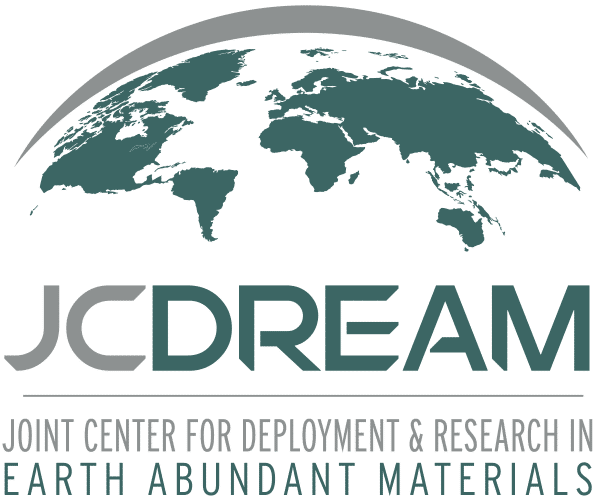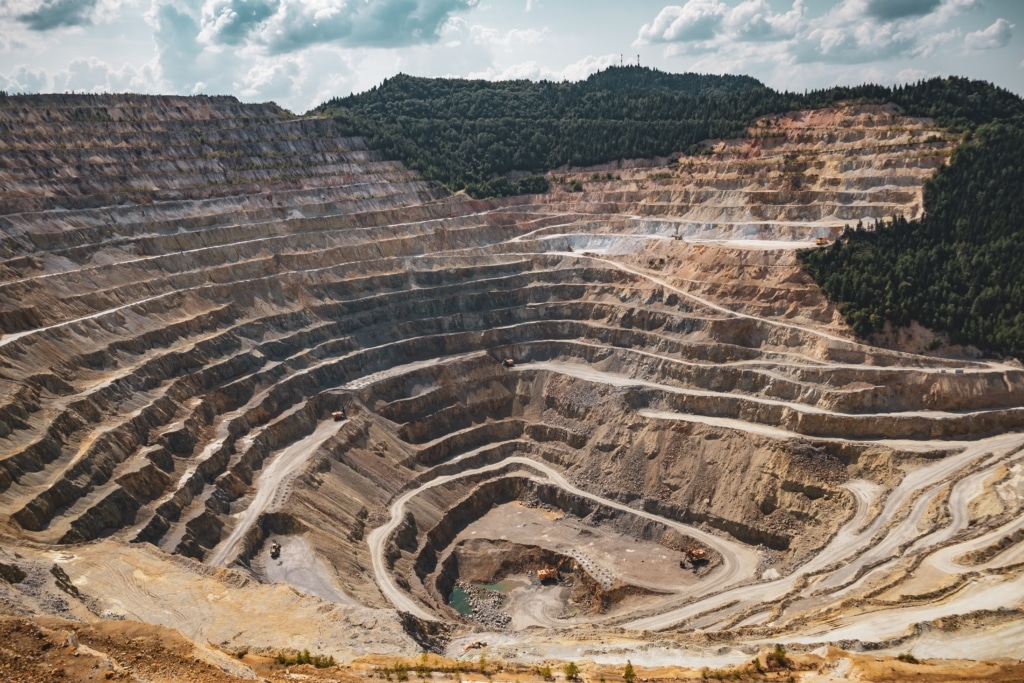In our last post, we talked about China’s rare earth dominance and the US’ efforts to onshore rare earth mining. Onshoring eliminates some of the supply risk that comes with sourcing materials from other countries, but it comes with its own set of significant challenges. Even with the expected improvements to health and environmental oversight in the US, the downsides of mining these elements domestically are heavy. At least two proposed laws this year aim to grow American rare earth mining, but we must be diligent to execute domestic mining very carefully and seek out ways to reduce the need for newly mined materials.
US history has been largely impacted by mining, with increased access to our natural resources playing a major role in our economic growth and industrial dominance. The Gold Rush of 1848-1855 drastically increased the population in the Western US and kickstarted the nation’s participation in the industry. However, for over 100 years after the Gold Rush, mining operations in the US were not well regulated. As a result, the US experienced several disasters both during the mining boom and decades later.
One such disaster happened just 5 years ago. The Gold King Mine had been abandoned for 95 years when a 3-million-gallon spill released contaminated water into rivers that reached over 5 states. The contaminated water built up in mining tunnels after wastewater pumps were shut off when mining ceased. While it seems like a one-off accident, the numbers are daunting.
Data shows that hardrock mining is the largest toxic polluter in the US. The Bureau of Land Management estimates that there are up to 500,000 abandoned mines in the country, which would cost taxpayers as much as $54 billion to reclaim and remediate. Rare earth mining and processing are typically even more harsh on the environment than other hardrock mining practices. Many rare earth deposits contain thorium and radium that require special processing to keep radioactive waste out of the groundwater. Rare earth ore produces lower yield than other ores, meaning there is much more waste – up to 2,000 tons of toxic waste per ton of output.
From the 1960s to mid 1980s California’s Mountain Pass Mine single-handedly made the US the dominant supplier of rare earths. In the 1980s China made its entrance into commercial scale rare earth mining, and their efforts to drive down the price of rare earths made it difficult to compete. China’s focus was low costs while the US government was making a push for worker safety and environmental protection. The Mine Safety and Health Act (MSHA) of 1977 was a catalyst for much-needed improvements to mining operations and a sharp decline in fatalities, but many mines could not stay financially solvent with increased regulation brought by the act.
Even with the MSHA in effect, it has been a constant struggle to appropriately govern the American hardrock mining industry. Before 2001, hardrock mining companies were not being held accountable for the effects of their operations. They did not have to make assurances that they would cleanup defunct sites or even pay into a reclamation fund. This has left the US EPA billions of dollars short of being able to reverse the damage from our storied mining history.
Part of why the US is no longer dominant in rare earth production is the struggles and eventual closure of the Mountain Pass Mine. With China gaining market share and setting aggressively low prices in the early 1980s, Mountain Pass began piping wastewater 14 miles away to increase processing capacity. This resulted in 60 spills of hazardous and radioactive waste into the surrounding desert and protected national land. The mine’s owner, Molycorp, could not face the cleanup costs mounted by the EPA and ultimately shut down all processing and mining operations within 3 years. They reopened briefly from 2012-2015 before declaring bankruptcy and being bought out by a consortium with Chinese ties.
The US’ only rare earth mine was less than perfect in its last decade of operation. China’s rock-bottom prices made it nearly impossible to operate within US environmental standards and compete on price. We have the technology, we have the resources, and we have the rare earth deposits, but we have not been able or willing to shoulder the environmental costs of rare earth mining. If the market starts paying the real cost of rare earths instead of China’s artificially low cost, domestic rare earth mining could still work.
A new rare earth mining effort is proposed in West Texas’ Round Top Mountain with a processing facility in Colorado. This rare earth deposit is an exciting resource opening the possibility of rare earth independence and mining with better regulations from its inception. The fact is that we can’t afford an environmental disaster at this location; the mountain is less than 10 miles from Texas’ thoroughfare I-10, and less than 20 miles from the Rio Grande. The Rio Grande watershed provides drinking and irrigation water for more than 6 million people and is already drying up. We should be asking the constituents of Texas if this is a risk they want to invite into their backyard. If the answer is yes, we are obligated to do everything we can to prevent the problems we have seen in China, Colorado, California, and many other mining towns.
Lax regulations in China’s rare earth mining industry have resulted in irreversible human health costs and environmental damage. But it’s clear that the US has mining problems of its own. While regulation would indeed be better here, the environmental impact of rare earth mining is extremely difficult to offset regardless of where it takes place. This fact needs to be considered as we plan for new rare earth mining operations stateside. We need to make concerted efforts to lower the demand for newly mined rare earth minerals. A focus on recycling programs and research into alternative materials and performance improvements is crucial for the country’s environmental health and longevity.

